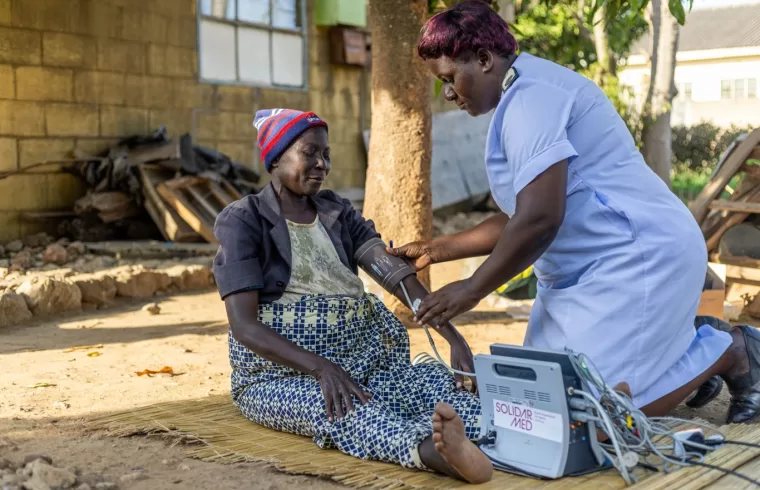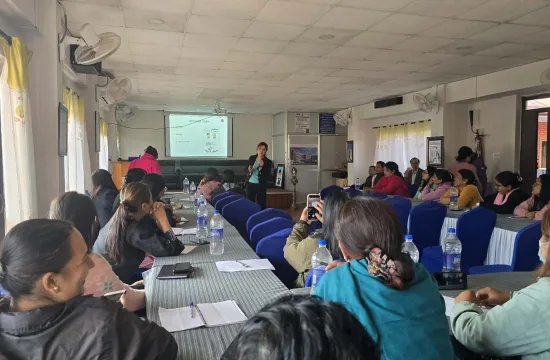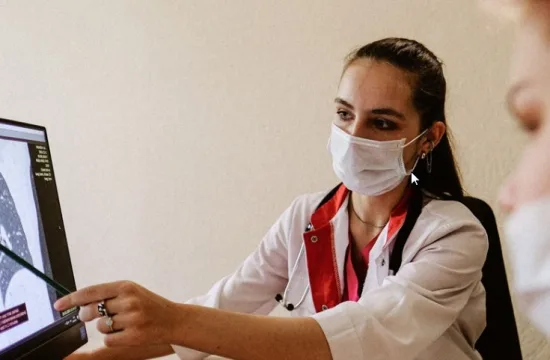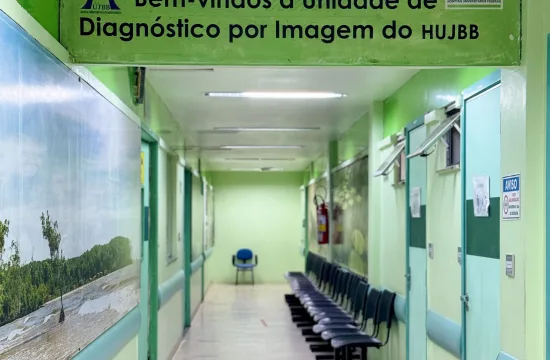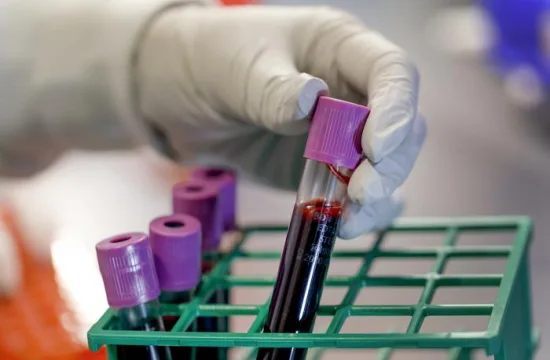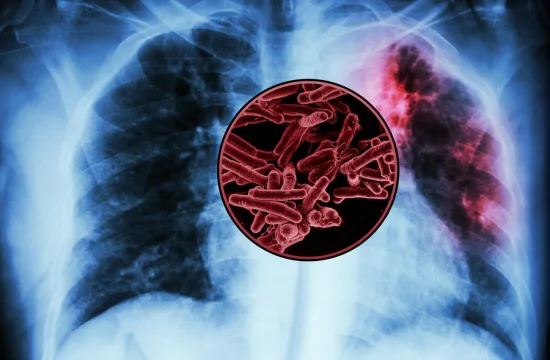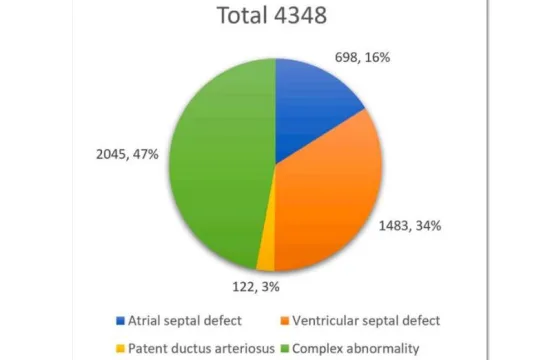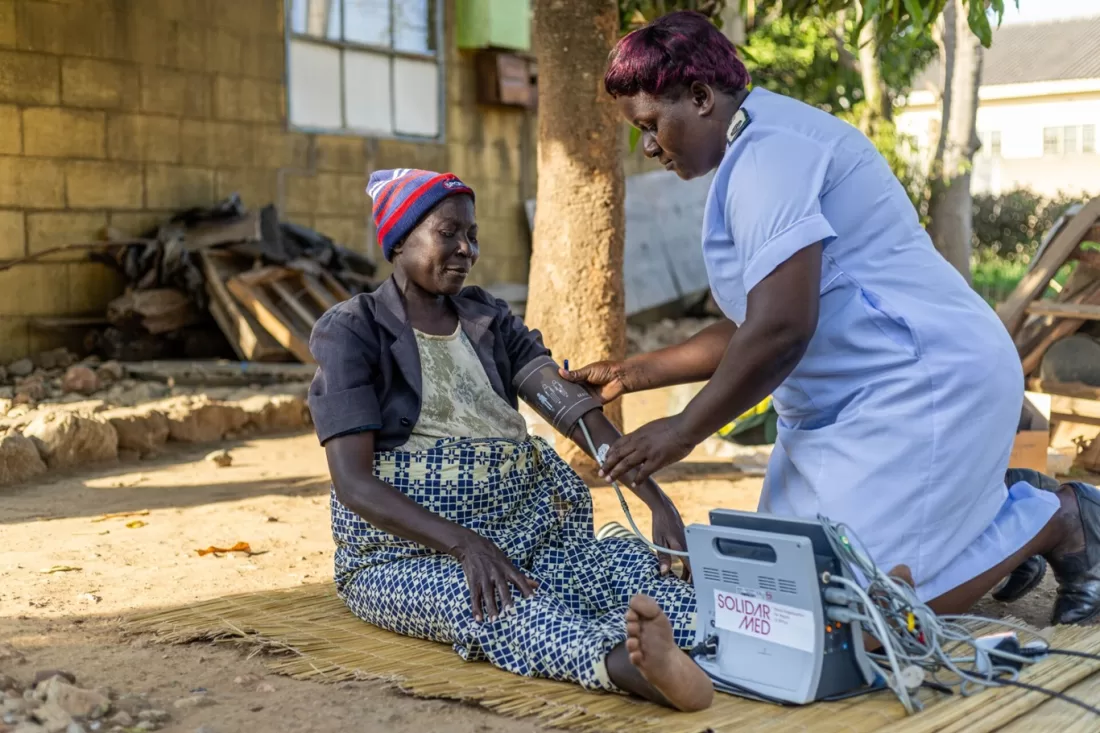
New York— The World Health Organization (WHO) has released its second Global Hypertension Report, revealing that 1.4 billion people were living with high blood pressure in 2024. Alarmingly, only about 20% have their condition under control through medication or lifestyle changes.
Presented during the 80th United Nations General Assembly at an event co-hosted by WHO, Bloomberg Philanthropies, and Resolve to Save Lives, the report highlights critical gaps in global hypertension care. Only 28% of low-income countries report general availability of all WHO-recommended hypertension medicines in pharmacies or primary care facilities.
Hypertension remains a leading cause of heart attacks, strokes, kidney disease, and dementia. Without urgent intervention, millions will continue to die prematurely, and low- and middle-income countries could face economic losses totaling $3.7 trillion between 2011 and 2025—roughly 2% of their combined GDP.
“Every hour, over 1,000 lives are lost to strokes and heart attacks caused by high blood pressure—most of them preventable,” said WHO Director-General Dr. Tedros Adhanom Ghebreyesus. “Countries have the tools to change this. With political will and investment, we can save millions and advance universal health coverage.”
Dr. Kelly Henning of Bloomberg Philanthropies added, “Despite being treatable, uncontrolled hypertension claims over 10 million lives annually. Countries integrating hypertension care into primary health systems are making progress, but many are still falling behind.”
Barriers to Control
The report analyzed data from 195 countries and found that 99 have national hypertension control rates below 20%. Most affected individuals live in low- and middle-income nations, where health systems struggle with limited resources.
Key challenges include weak health promotion policies, poor access to blood pressure monitoring devices, lack of standardized treatment protocols, costly medications, and inadequate data systems to track progress.
Access to Medication
Blood pressure medication is among the most cost-effective public health tools, yet access remains uneven. Only 28% of low-income countries report general availability of WHO-recommended drugs, compared to 93% of high-income nations.
“Safe, effective, low-cost medicines exist, but too many people can’t access them,” said Dr. Tom Frieden, CEO of Resolve to Save Lives. “Closing that gap will save lives and billions of dollars.”
Signs of Progress
Despite challenges, several countries have made notable strides:
- Bangladesh boosted hypertension control from 15% to 56% in some regions by integrating treatment into its essential health services.
- The Philippines adopted WHO’s HEARTS technical package nationwide.
- South Korea achieved a 59% national control rate in 2022 through reforms that reduced medication costs and patient fees.
WHO urges all nations to embed hypertension care into universal health coverage reforms. Implementing the report’s recommendations could prevent millions of premature deaths and reduce the global burden of cardiovascular disease.

